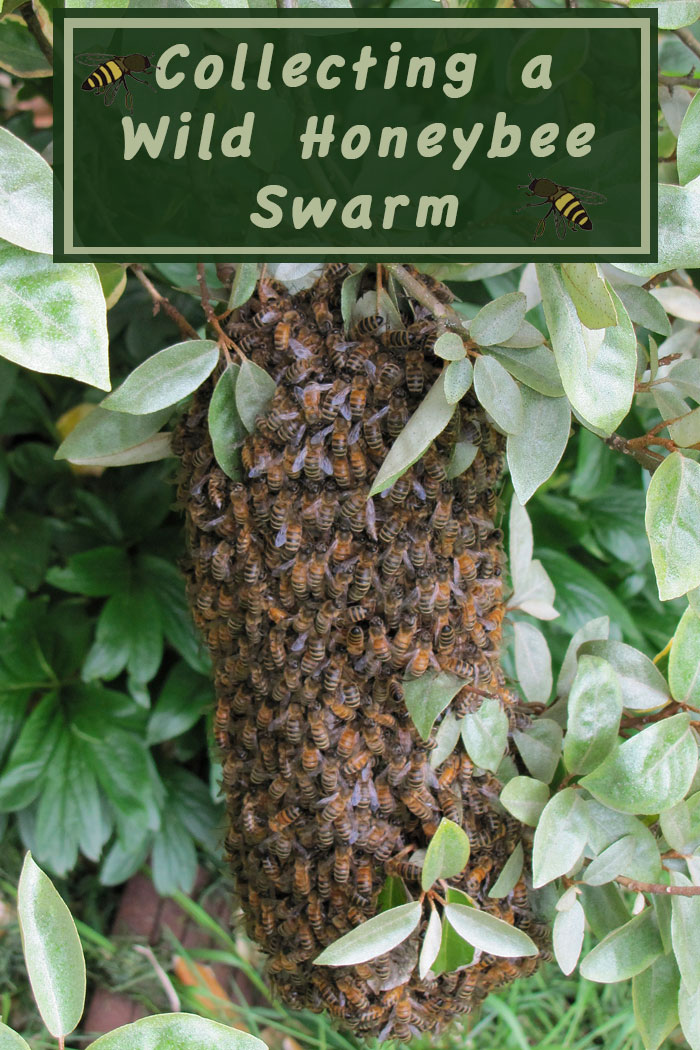When the population of worker bees exceeds the resource capacity of a hive, a portion of the colony will leave to find a new home.
A swarm is the natural way for a hive to divide itself, usually in half, and along with its queen, transport the new colony to a temporary resting spot in a cluster. From there, select bee members (the scouts) search for a new, more permanent home.
There are a number of incredibly complex interactions that the honeybees make in order to decide when its time to form a new colony, and begin swarming:
- The scouts must try to locate potential new homes
- Communicate their findings to other bees
- Among a choice of different offerings, make a final selection
- Then finally, direct the majority of the colony (that have never seen the new home) to its precise location.
Chemical signals called pheromones play an integral role in their ability to communicate, but honeybees also rely upon acoustic signally methods. For example, the buzz-run dance signals the bees it’s time to leave the hive.
In this video, beekeeper Matt Reed of Bee Thinking, demonstrates how to collect a wild honeybee swarm. this cluster is about 2 pounds in size, containing about 7000 bees.
A swarm may range in size anywhere between roughly 1000 to 30,000 bees, and relies upon a small contingent of scouts to find a suitable home, and relay that information back to the collective. It is believed that honeybee scouts will perform an acoustic dance to convey their enthusiasm for a potential site, eventually, a consensus is reached among the group, and one site is chosen to become the new home. Suitable housing exists in hollow trees or logs, but may also be chosen inside man-made structures including hollow walls, and under porches or eves.

Reed does not treat his bees with any chemicals, but relies instead upon natural selection (those bees that survive without any treatments) to confer their genetic resistance to disease and parasite infection. By maintaining disease resistance in their genetic stock, Reed hopes to develop strains of bees that will remain hearty over time, and be entirely free of the need for chemical treatments, or medications to sustain their populations.
The key points that Reed emphasizes for maintaining his healthy bee hives:
- The honeybees are caught in the wild; their wider genetic diversity, increases their odds for survival.
- Locally collected bees are well suited to their native environment, and better native resistance to disease.
- By not using chemicals and medicinal treatments to protect a hive, over time, the hive becomes stronger, and better able to withstand disease outbreaks.
This post has been slightly modified and updated on April 30, 2014.

Most of the videos featured on Cooking Up a Story were produced, filmed, and edited by Rebecca Gerendasy. Fred Gerendasy contributed as a writer to many of the posts and occasionally as the interviewer. Visit Rebecca Gerendasy Clay – Art and Fred Gerendasy Photography to see their current work.
